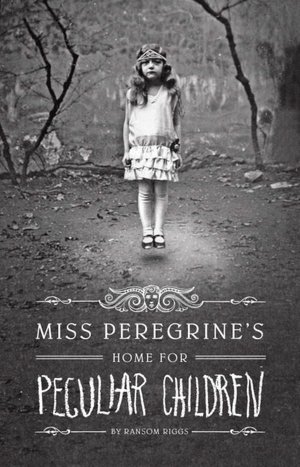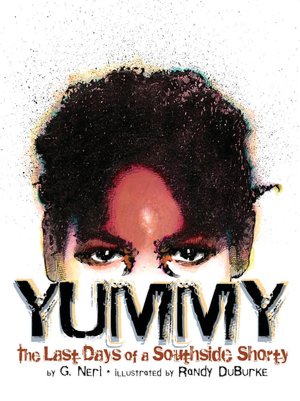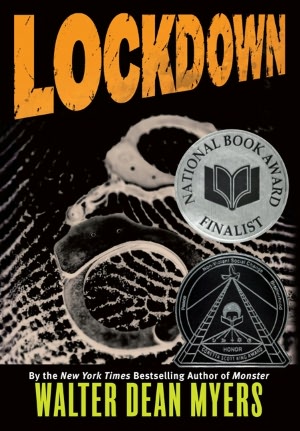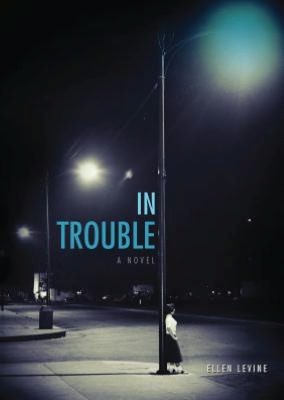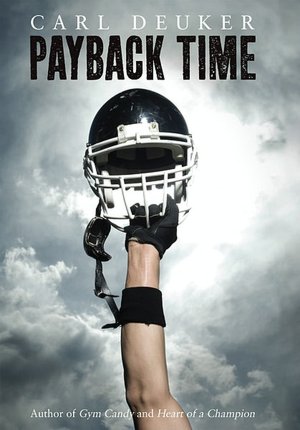 Janesczki, Paul B. Requiem: Poems of the Terezin Ghetto. Somerville, Mass: Candlewick P, 2011.
Janesczki, Paul B. Requiem: Poems of the Terezin Ghetto. Somerville, Mass: Candlewick P, 2011.
Audience: Middle School, 12+
Genre: Poetry, Holocaust, Social Studies
Topics of Focus: Jews, Holocaust, Theresienstadt, Terezin, war, genocide
Red Flags: The whole book!
When I ordered this book, I was so hopeful to have access to poems that came out of the horrors of war, genocide, and the evil of the Nazi agenda. Deceptively advertised and promoted as “Poems of the Terezin Ghetto,” I was sadly disappointed and somewhat disturbed by the reality that Janesczki was not the editor of a collection of authentic pieces, but the slight dark poems were of his own hand about the Terezin environment. Janesczki admits in the Author’s Note toward the close of the text that all the personas and voices presented in the compilation are fictional (but one). I felt deceived and disturbed by a level of disrespect toward individuals who lived and died through this experience.
I recalled as I was reading that I was somewhat disappointed in the quality of the poetic writing, but I was willing to forego judgment based on the horrific experiences that the supposed-prisoners endured. Only to find, that the writer of these poems was not of that experience and was writing BAD poetry on top of it all. Most of it is a short paragraph of an idea chopped up into broken lines and lost punctuation. Strong images are rare. The inclusion of “fake” voices of the SS officers and brutal townsmen also added a layer of obscenity that I could not overlook.
Don’t even bother checking out this book from the library. It made me feel somewhat soiled after learning of the deception of the writer.
Annotation by Denise Aulik
